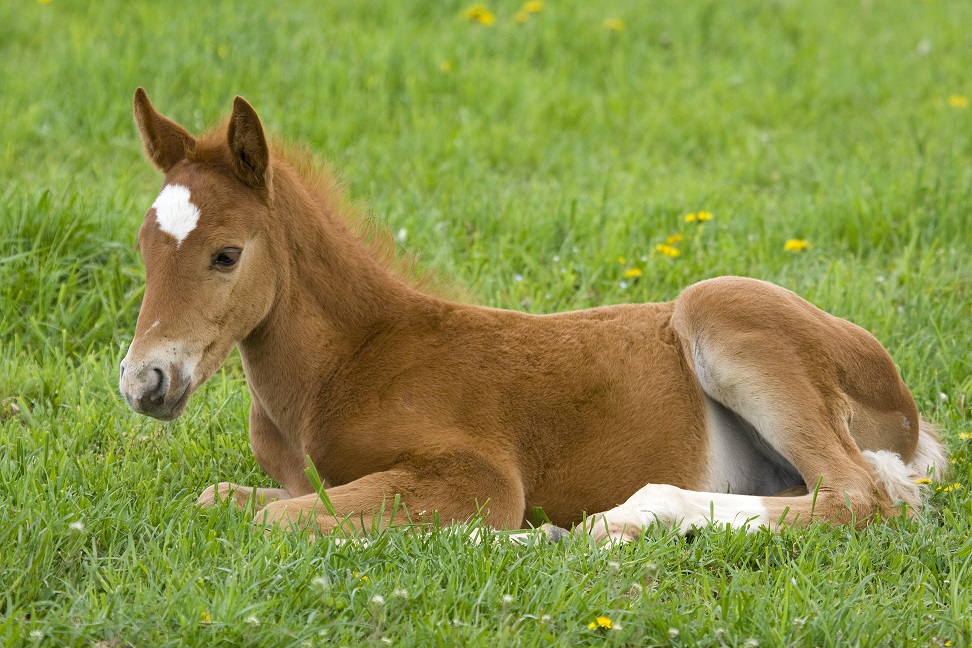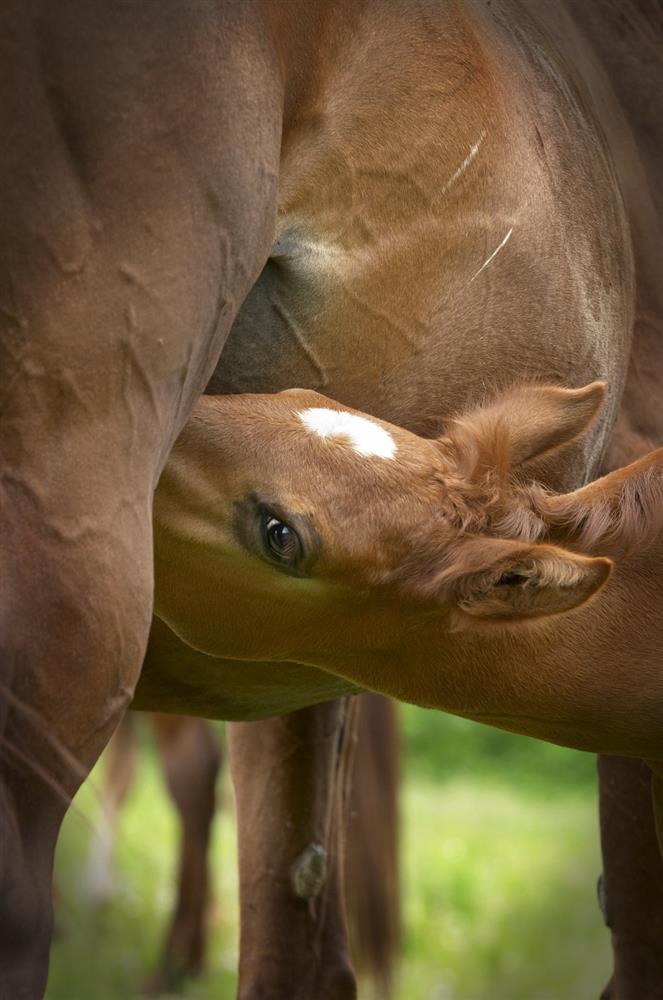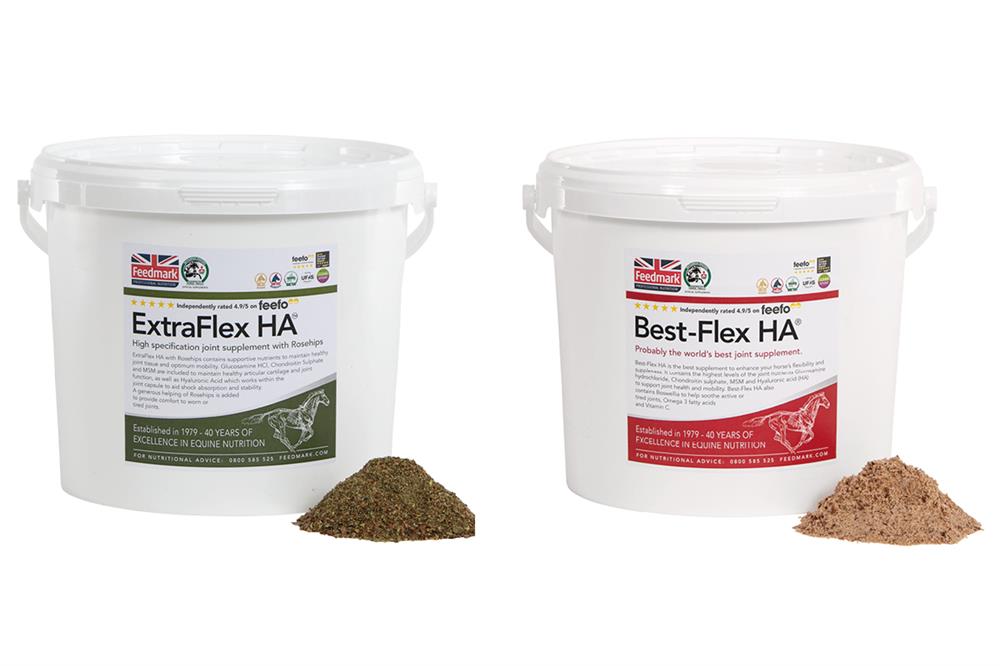Tips for feeding the young horse...
Feeding a horse correctly from an early age is critical for optimum growth and healthy development. It is important to understand how their nutritional requirements can change over the first few months and years of their life and to feed them accordingly.

Foals
In the hours immediately following birth, it is important the foal ingests colostrum from the mare which is rich in antibodies and essential to kick start the immune system, thus helping to protect the foal from disease.
The milk produced by the mare will provide all the nutrients a foal needs until he is approximately two months old. A foal may start sampling solid food as early as ten days old and so the digestive tract adapts and changes the intestinal microflora which is typically when coprophagy (the eating of faeces) is seen. As the foal begins to consume forage and reduces his milk intake from two to three months old, there are some important nutritional considerations to follow.

Firstly, ensure the foal has free access to high-quality forage. Make sure the foal’s diet is balanced by supplementing with a vitamin and mineral supplement, such as Feedmark’s Mare and Youngstock Balancer and follow the feeding guide to ensure the foal is receiving the correct ratio of nutrients. Ideally, split feeds into two or three daily rations and give the foal his own bucket to avoid him sharing his mother’s feed, known as creep feeding. Foals will start creep feeding from a few days old so most breeders will offer a ‘creep feed’ which is typically a milk-based pellet feed.
In the sad circumstance of an orphan foal, the feeding requirements can be a little different as the mare isn’t available to provide milk. For information on feeding and nursing the orphan foal, please click here.
Weanlings and Yearlings
At this age, horses will be growing at a remarkable rate, generally doubling in body weight between weaning and two years of age. Due to this, a high protein diet is beneficial, providing approximately 14 to 16% protein (2.5 times more than required by the adult horse) as well as increased calcium levels at approximately 38 grams for a weanling and 20 grams for an adult horse. Additionally, as they are developing so rapidly, they require readily available sources of energy. A 6-month-old weanling will need around double the calorie level per kg of bodyweight as an adult horse but be careful not to overfeed as horses overweight at this age have a higher risk of health problems later in life, most notably musculoskeletal issues.
Feedmark’s Mare and Youngstock Balancer can continue to be fed to youngstock up to 18 months old. Of course, access to high-quality forage is essential to support the digestive system and should remain the main component of the youngster’s diet.

Young horses
Generally, in the UK, it is common for young horses to stay out at grass until at least three years old, when they are brought in to start ridden work. At this age, a high-fibre diet remains essential and the mare and foal supplement can be replaced for a broad-spectrum vitamin and mineral supplement, such as Benevit, to ensure their diet continues to be balanced.
By three years of age, the horse is likely to have reached his full height and up to 90 percent of his full bodyweight. The nutritional requirements will have declined due to the growth rate declining. While vitamins and minerals are still vital, the horse will require a lesser rate and similarly with protein and calories.
As a guide, a recommended diet for a young horse is free access to high-quality forage, plus a vitamin and mineral supplement that can be combined with a low-calorie chaff or sugarbeet. Their diet should be adjusted according to their bodyweight, condition and workload.
Additionally, some owners opt to start feeding a joint supplement once the horse begins ridden work, to support the joints under the stress of a rider and regular exercise. Feedmark’s ExtraFlex HA with Rosehips or Best-Flex HA provide the scientifically proven ingredients, including Glucosamine, MSM, Chondroitin and Hyaluronic acid to support joint health.
Calmers, such as Steady-Up are also popular, especially with young horses when it comes to exposing them to new environments and situations, to promote focus and reduce anxious behaviour. Similarly, a digestive aid of pre and probiotics such as Feedmark’s BioPro can optimise fibre digestion when necessary.
Please seek the advice of an equine nutritionist if you have any questions regarding feeding your young horse and as always, consult your vet if you have any concerns over your horse’s health.


